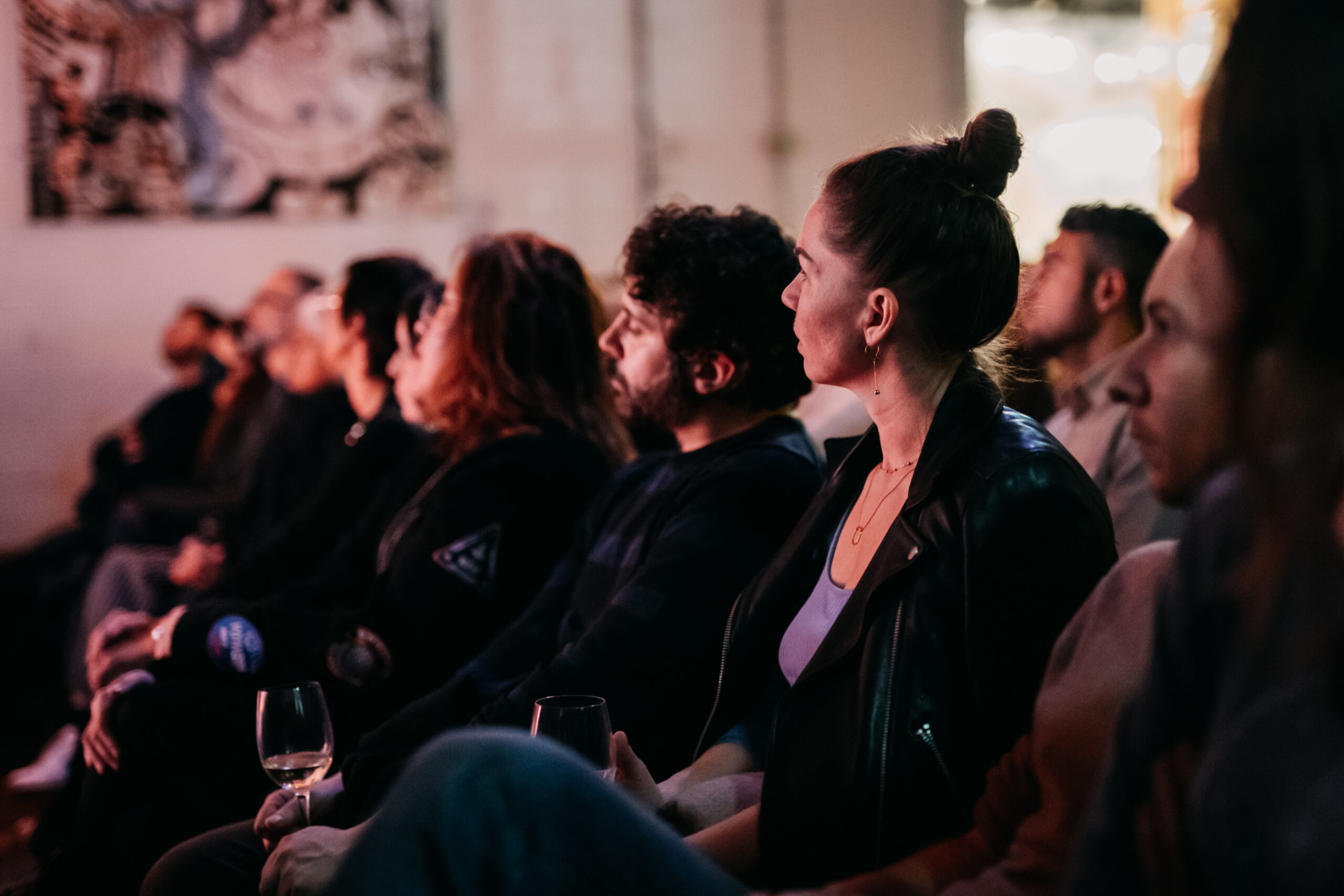You need media coverage to grow your event but don’t have the budget to invest in a PR agency. It’s a classic chicken-and-egg situation for independent event organizers—but the solution isn’t beyond grasp, you simply need to (ahem) hatch a plan.
A DIY approach to PR takes a lot of strategising, determination and resilience, but it is possible to secure decent coverage without blowing the budget. We spoke to experienced event organisers and PR experts for tips and advice on event promotion.
Create an event people want to talk about
First things first, work on your pitch. It needs to be concise, engaging and memorable. “You need to be able to sum it up in one sentence, and in a way that someone at a party would consider interesting,” says Sebastian Boppert, Director of International Communications at Eventbrite.

Big Fish, Little Fish, which puts on family-friendly raves, has become a worldwide phenomenon. Launching in the UK in 2013, it has now launched in Australia and the US. International press coverage has played a big part in this, but founder Hannah Saunders reveals they’ve never worked with a professional PR company. “We’ve always said that our best promotion is the events themselves,” she says.
Perfectly-pitched DJs appeal to BFLF’s audience of former ravers with young children, while quickly pivoting to virtual parties during the pandemic offered a much-needed distraction for families stuck at home. Word of mouth, customer loyalty, and viral social media posts have paved the way for press coverage on a huge scale.
Other organisers build PR hooks into their programming. You might do this by theming events around upcoming anniversaries, incorporating trends, or bringing in newsworthy speakers or performers.

UK-based Seed Talks hosts discussions with academics on everything from quantum physics to psychopaths. To stand out in a crowded market, founder William McLean says success hinges on identifying the right topics at the right time.
“At the moment we’re trying to come up with 300 ideas before the end of the year,” explains William. “If we get five successful, recurring events out of that I’d be really happy. When a topic is just starting to come into the public sphere of knowledge and get a little press, that’s the ideal time for us to bring it into our programme.”
Read more: 10 Steps to Build a Successful Event PR Strategy
Ensure you are PR-ready
Journalists and influencers are notoriously time-poor. So you must ensure they can easily access the information they need and trust that your event is worth covering.
Publications and influencers rely on high-quality imagery and video to illustrate their stories, so make sure your assets are ready to share.
“We keep a super organised file of our best event images and artwork on Google Drive,” explains William from Seed Talks. “I just send journalists a link rather than creating a bespoke folder for each request, it takes fifteen seconds.”

Next, prove your worth. For event organisers this could mean sharing positive reviews on social media, including information about your sponsors on your website, or sharing other bits of coverage. Big Fish Little Fish has a section called ‘Rave Reviews’ on its website to showcase press clippings.
Finally, journalists love a good origin story. So, if you have one, make sure to shout about it on your About Us page on your website. Or, better still, record it as a reel and store it as a ‘highlight’ on Instagram.
Read more: The Ultimate Guide to Event Photography
Draw up a media list
If journalists and influencers aren’t coming to you, it’s time to go to them. To do this effectively yourself, you’ll need a foolproof strategy.
Kitty Boyle, Account Director at PR agency The Romans, advises targeting publications that speak directly to your target audience.
“For example, if you’re running a workshop for mums then you’re going to want to skew your outreach towards targets in line with that demographic. That information is readily available, as publications often have online media packs breaking down their audience for potential advertisers.”

The topic of your event should also inform your target list. If you’re running a music event, scour public platforms for music journalists. If it’s about money or pensions, identify those covering consumer affairs. Any publication that chimes with both your target audience and topic should be your first port of call.
BFLF ensures outreach to press and influencers is hyperlocal. The event’s regional managers approach local media outlets with a clear understanding of their audience appeal.
Sebastian recommends using this approach when contacting influencers: “Collate a list of micro-influencers in your area that you think speak to your audience and who might be interested in talking about your event,” he says.
Note: micro-influencers, who have under 100K followers, typically have higher engagement rates than influencers with larger follower numbers. Nano-influencers have under 10K followers and could also be a good fit for your event.
Make it personal
Tailoring your approach is key. It lets the recipient know that you’ve done your research and aren’t wasting their time.
When contacting editors, highlight why your event is of interest to their audience and identify any editorial sections or series that your event might fit. “Remember, editors want editorial not advertorial,” says Kitty. “Emphasise how your event taps into cultural touchpoints and any newsworthy or exclusive elements.”

Another route is to use someone connected with your event who has established press contacts of their own. “One of the best things for us is finding a venue that’s really dialled into the local community and has a lot of PR contacts themselves,” says William from Seed Talks. “We’ll email the venue with the artwork and event copy for them to send on to their contacts.”
Think long-term
It’s tempting to think about PR in the present tense – how do I get coverage for the events I am running now? – but a more strategic approach will yield better results in the long term.

Keep your contacts close. This could be as simple as taking them out for a coffee or as involved as holding a media mixer every quarter.
Read more: How to Plan the Ultimate Event Promotion Timeline
Organisers may struggle to keep up PR momentum when they don’t have an event to promote. To counter this, consider putting yourself forward as an expert on topics relating to your event by searching #journorequest on Twitter or letting journalists know you’re available for comment.
With all of these tactics, the personal touch goes a long way. “You want to be the easiest and friendliest person they’ve ever worked with,” says Kitty. “That’s the thing journalists remember and will keep them coming back.”






